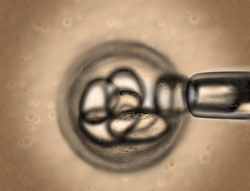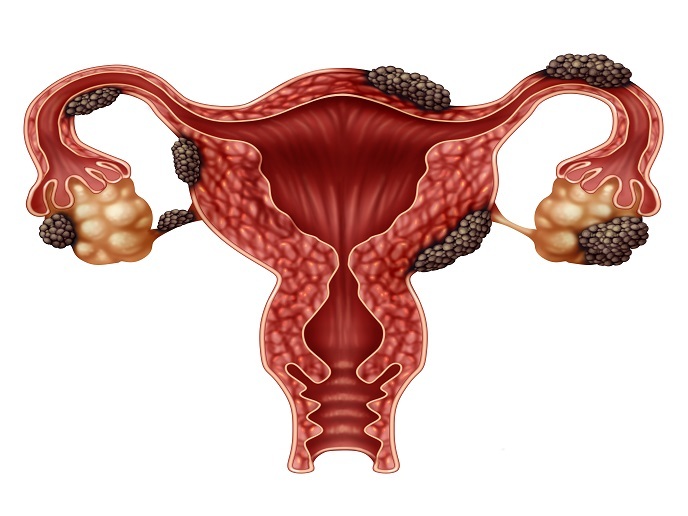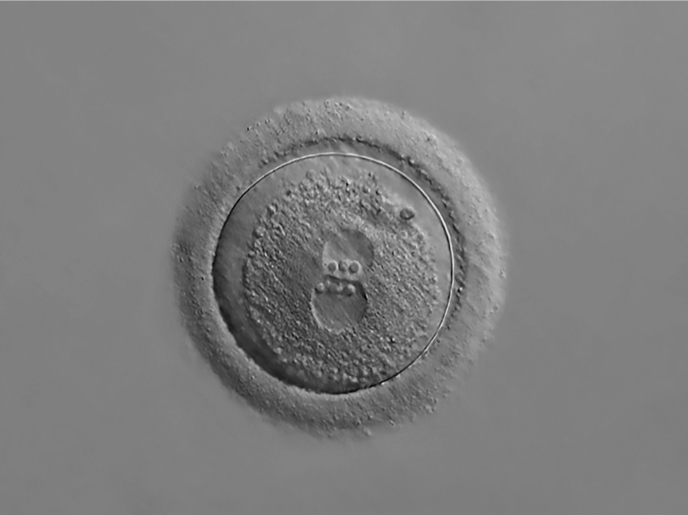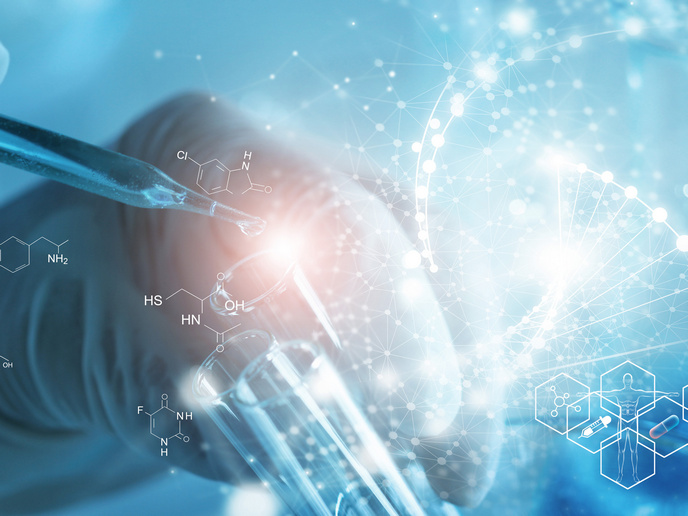Stem cells aim for the heart
The use of stem cells for treating degenerative and life-threatening diseases promises new types of therapies and cures for heart disease as well. The recent discovery of cardiac stem cells (CSCs) present in the heart of adult mammals, including humans, has stimulated a new and exciting field of cardiac biology. These resident cells are self-renewing and clonogenic (can reproduce). They have also showed significant regenerative potential in tests on rats. However, despite rapid progress, many questions must be answered before the adult cardiac stem cells can be fully realised and exploited. The CSC Phystress project, funded by the EU, is investigating interactions between heart-muscle cells (myocytes) and cardiac stem cells in response to exercise. Identifying factors that regulate cardiac stem cell fate is vital for designing better protocols and interventions for the regeneration of heart muscles after injury. Recent research has found that exercise in mice plays a key role in CSC activation and new myocyte formation. The project aims to determine whether CSCs are the direct source of new myocyte formation in the adult mammalian mouse heart. The project team is using a laboratory method called gene expression array to prove or disprove this hypothesis. Obtaining such pivotal information on stem cell biology will be useful for manipulating the regenerative potential of these cells and designing the most optimal cellular therapy for heart muscle regeneration. The research is scientifically and clinically important in planning and designing protocols and interventions for treating heart disease, particularly when other medicines or therapies fail. Both laboratory tests and live tests on mice are helping ascertain the role of exercise-training on stem cell regeneration. The team is also testing how the heart reacts, and if it degenerates, once the exercise regimen is stopped. So far, the project has produced novel data which redefines the adaptation of the heart to physiological stress. It has shown that intensity-controlled treadmill exercise in adult rats and mice results in heart muscle improvements and capillary formation. In other words, the team showed for the first time that exercise-training activates the innate regenerative capacity of the adult heart. It demonstrated that since exercise is already part of the integrated programme for the treatment of cardiovascular disease, it should now receive further attention in daily clinical practice. By identifying the factors that govern CSC self-renewal and differentiation it is becoming possible to design a cocktail of growth factors which could activate these regenerative cells onsite. Armed with this knowledge, researchers are set to develop powerful new therapies for patients after heart injury.







